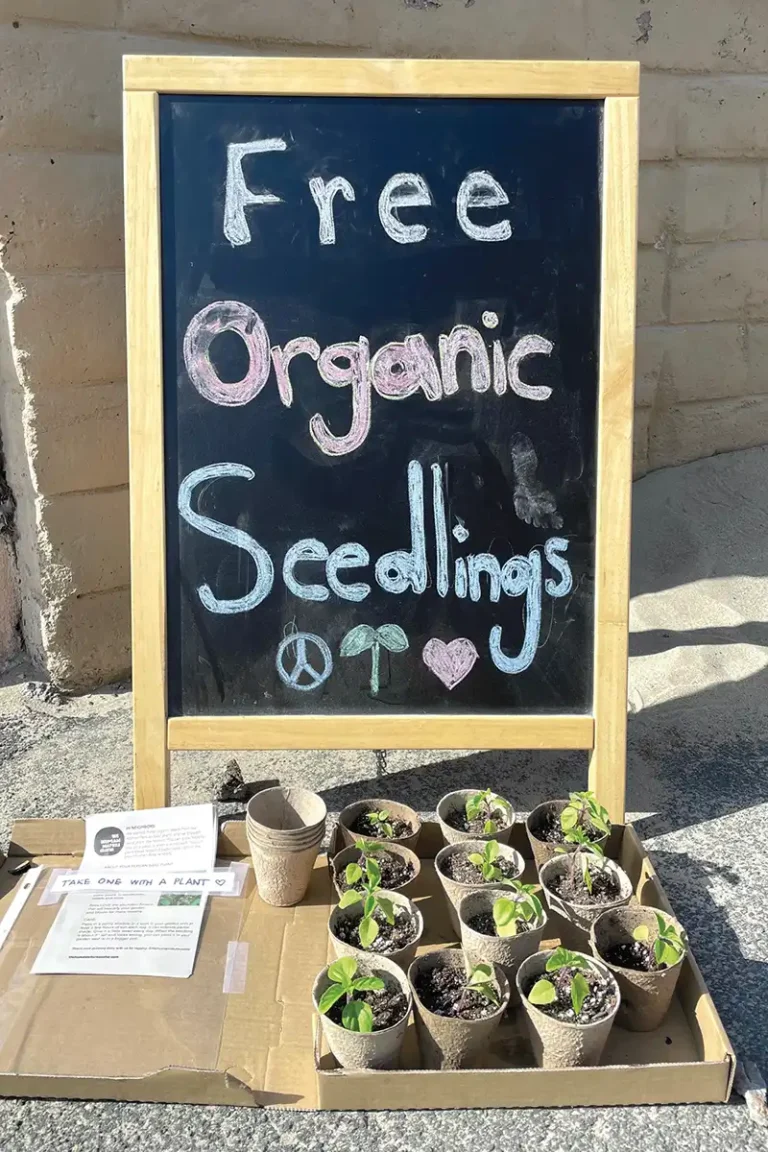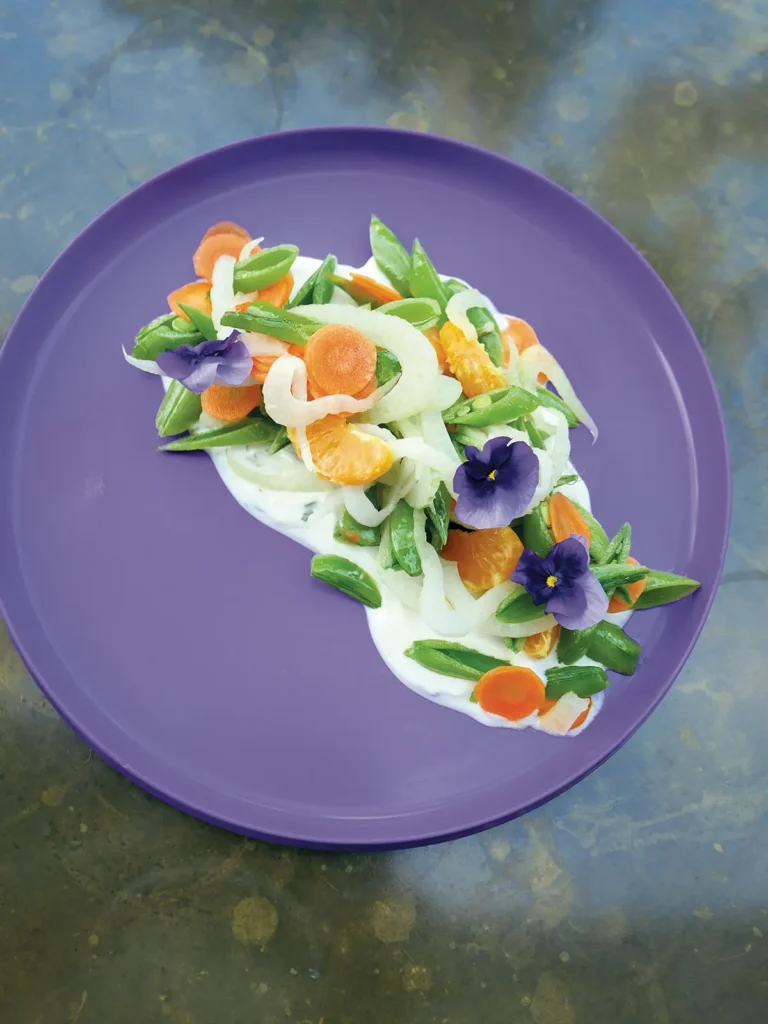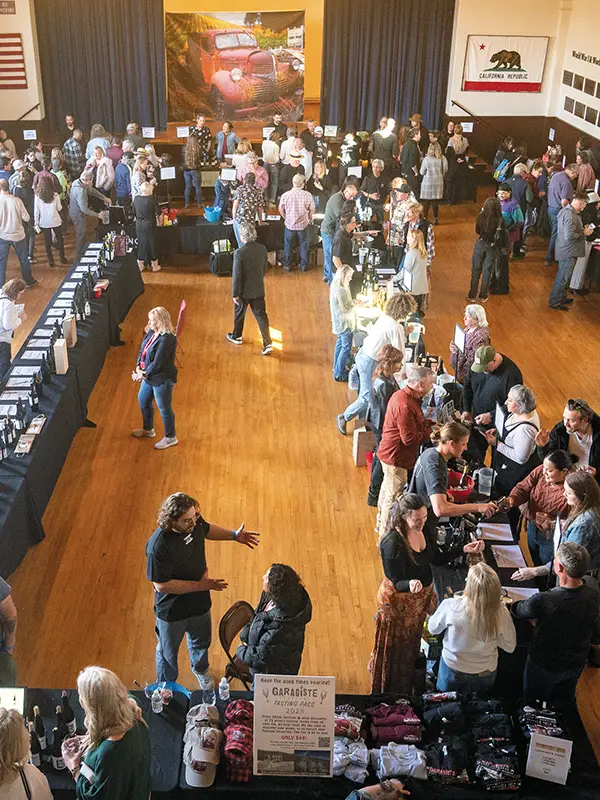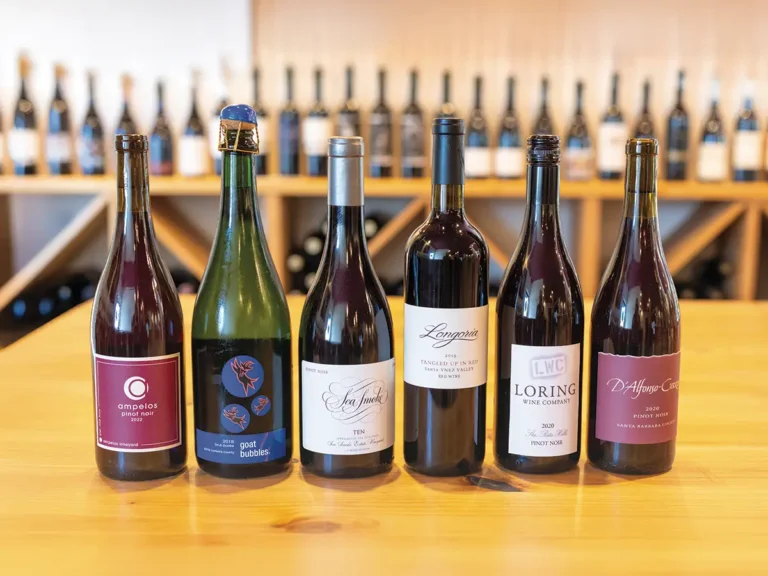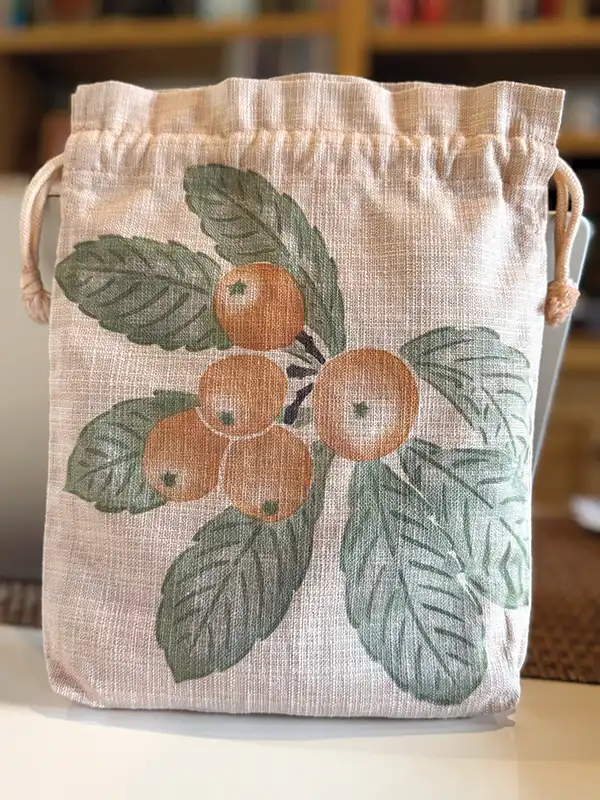Exotic Fruit Trees
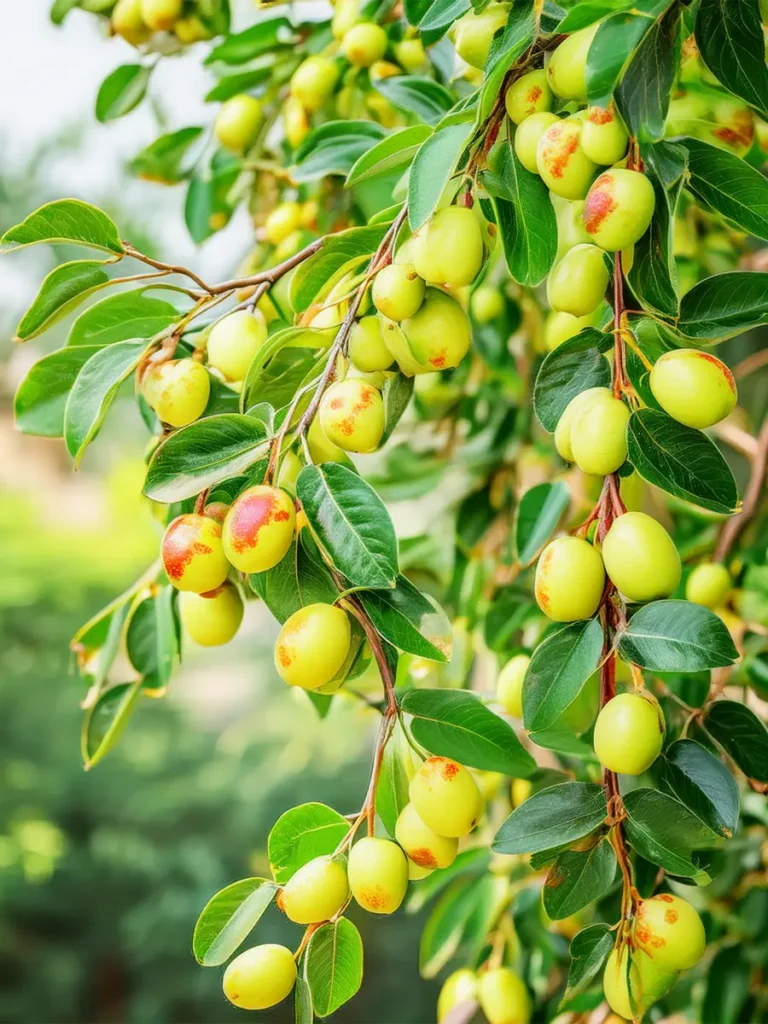
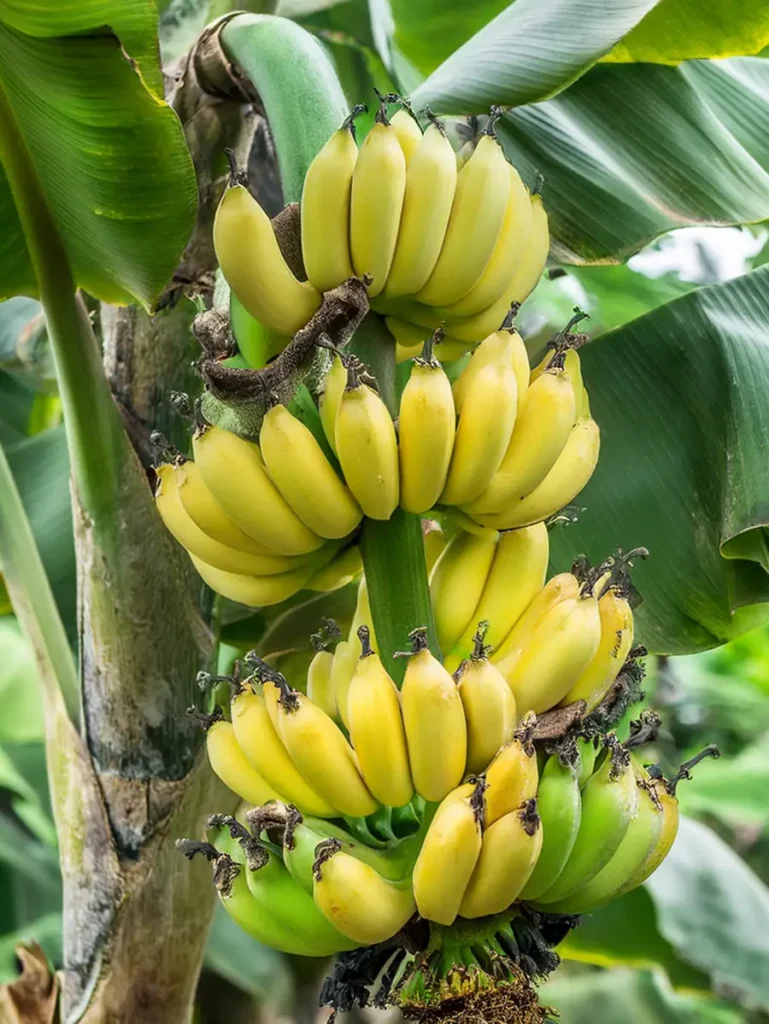
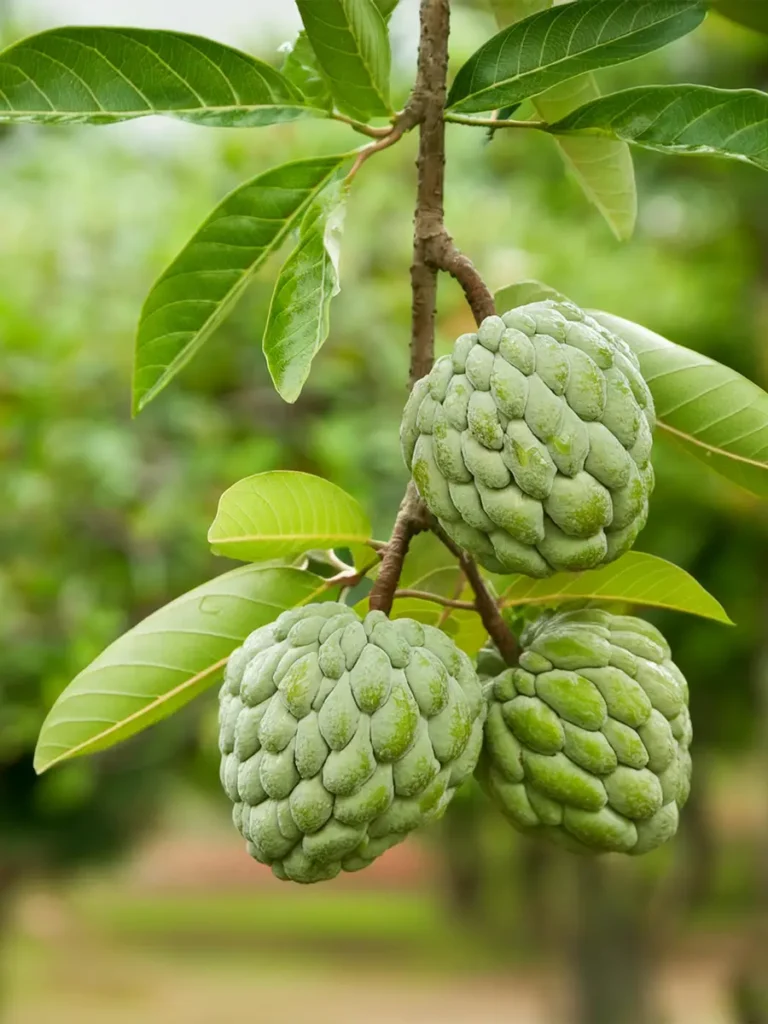
Left to right: Jujube fruit tree, bananas and cherimoyas.
If growing exotic fruit seems like it’s only possible in a vacation setting far away, think again. There are a number of tropical, subtropical and otherwise interesting fruit trees that do well in Santa Barbara County, and early summer is a great time to plant them.
You’ll have the most choices in the South County, where coastal conditions are kind to bananas, cherimoyas and even some mangos and papayas in frost-free locations.
North of the Gaviota Pass, Lompoc, Buellton, Solvang and the Santa Ynez Valley don’t exactly qualify as being in the banana belt. But there are still interesting possibilities, including jujubes, loquats, paw paws and pomegranates.
How Low Can You Go?
A number of exotic fruit trees that thrive here hail from Central and South American regions where frost is virtually unknown. But others are endemic to China and the eastern United States and tolerate more cold.
To start, figure out the lowest winter temperatures in your garden. If you don’t use an outdoor thermometer, look to the Sunset Zones, which establish baseline temperatures (both high and low, along with rainy and dry periods, wind, humidity and growing season) throughout the West.
In a band along the coast, Carpinteria, Santa Barbara and Goleta are all zone 24, dominated by marine air and with winter lows rarely below 45°. The foothills behind all three cities are Zone 23, a thermal belt with winter lows averaging 45° and little frost.
North of the Gaviota Pass, Buellton and Lompoc are Zone 15, with lows from 28° to 21° and record lows from 26° to 16°. Solvang and the Santa Ynez Valley are Zone 14, with winter lows 40° to 35° and extreme lows from 27° to 17°.
Within those readings, microclimates abound. For example, I live in a canyon west of Goleta less than a mile from the ocean. Rather than hovering around 45°, our winter lows are often below 40°. The lowest temp this past winter was 32° and frost appears at least half a dozen times or more each year.
Yet because our yard slopes from a 400-foot-tall hill in the back to a creek another 25 feet below in the front, the coldest air (which is heavier than warm air) slides down the hill. Some chilly air pools along the back of our house, but most wraps around the sides and flows into the creek below. With heavy frost, we may see significant damage on the sides of our avocado trees that face the hill and bear the brunt of the moving cold air mass, but see zero damage on the sides that face the creek.
Depending on your terrain, you can take advantage of the concept by planting at the highest point in your yard or on the lee side of a wall, fence or dense hedge. It’s all the better if that vertical surface is south- or west-facing and is a dark color that absorbs heat during the day, then radiates it at night.
Other Considerations
Many exotic fruit trees are fine with full sun or part shade. However, all but the most cold-tolerant detest wind. If your best location is out in the open, consider building a wind screen composed of a couple of redwood posts and shade cloth or wood lattice on the windy side of your tree.
Most of the trees also need fertile soil, impeccable drainage, regular fertilizer and irrigation, plus general TLC. If that seems like a lot, remember that all that nurturing means delicious fruit for years to come.
At planting time, dig a hole twice as wide as the container and not quite as deep, so that your new tree sits three to six inches higher than the ground. If drainage is a problem, plant on a slope, mound or in a raised bed. Mix the excavated soil with ½ as much well-aged compost and/or palm and cactus mix. Fill the hole with the blend and mound the excess up to the soil line on the trunk. Shape a basin around the tree and soak the soil. Mulch with two to three inches of fine-textured organic material, keeping the material a few inches from the trunk, then water again. Continue irrigating daily for a few more days, until the soil is saturated.
In general, you’ll then water deeply about twice a week for the first two months, once a week for the next two months and once a month after that. However, check the watering instructions for your particular tree. For instance, longan and lychee prefer wet conditions, while mature carob, pineapple guava and pomegranate trees can go dry between waterings.
The type and frequency of fertilizer can vary greatly from one tree to another, too, so check the fertilizer requirements. Also know that it may take a couple of years before your exotic trees begin bearing fruit, and up to five years before they reach peak production.
Choices
California Rare Fruit Growers is the gateway source for delving into the intricacies of growing exotic fruit. The group offers the following guidelines regarding which low temperatures can harm or kill your trees.
From Most Cold-Tolerant to Least
Paw paw (Asimina triloba)
Harm: -10°; Kill: -31°
Jujube, Chinese date (Zizyphus jujuba)
Kill: -30°
Pomegranate (Punica granatum)
Harm: 5°; Kill: 0°
Persian mulberry (Morus nigra)
Harm: 5°; Kill 0°
Fig (Ficus carica)
Harm: 25°; Kill: 10°
Loquat (Eriobotrya japonica)
Harm: 25°; Kill: 14°
Pineapple guava (Acca sellowiana/Feijoa sellowiana)
Kill: 15°
Carob (Ceratonia siliqua)
Harm: 25°; Kill: 20°
White sapote (Casimiroa edulis)
Harm: 28°; Kill: 22°
Strawberry guava (Psidium cattleianum)
Kill: 23°
Longan (Euphoria longan/Dimocarpus longan)
Harm: 30°; Kill: 24°
Cherimoya (Annona cherimola)
Kill 25°
Banana (Musa acuminata)
Harm: 32°; Kill: 26°
Lychee (Litchi chinensis)
Harm: 29°; Kill: 27°
Papaya (Carica papaya)
Harm: 31°; Kill: 28°

